Last updated: November 8, 2022
Article
Glacial Meltwater Controls the Distribution of Benthic Invertebrate Communities in Alpine Lakes
Research Summary
Written by Danielle Haskett, University of GeorgiaThe Question: Is the meltwater emanating from glacial retreat changing the insect communities that live on the sediment bottom of high elevation lakes? How will this affect paleoclimatic studies that use these insects to reconstruct temperatures over millennial time scales?
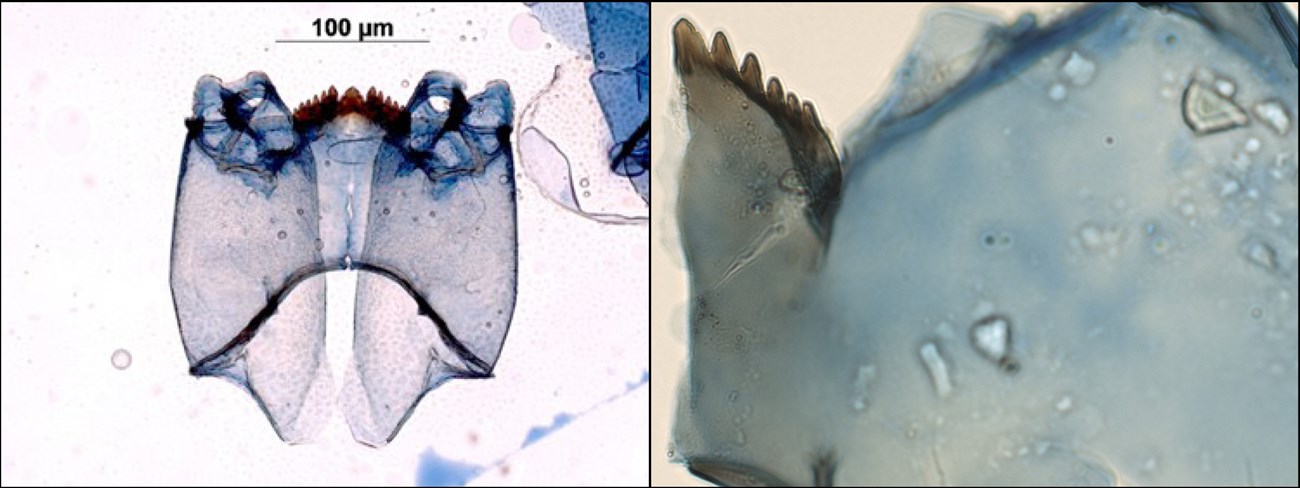
Photos courtesy of Danielle Haskett
The Project: Collect environmental variables during core sediment collection to categorize the limnology of each lake. Analyze sediment cores from ten alpine lakes for chironomid community assemblages.
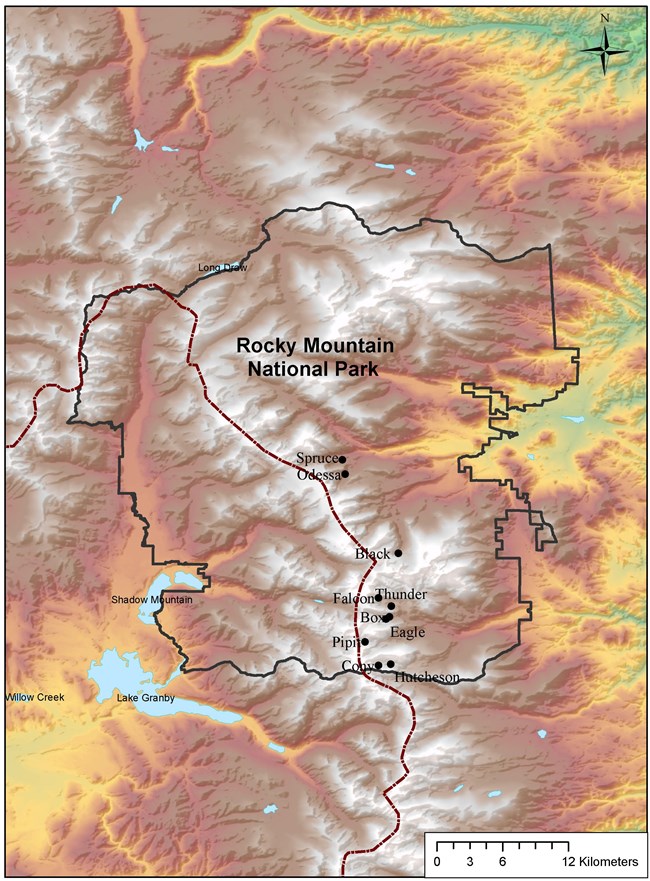
Map created by Danielle Haskett
The Results: Evidence suggests that the glacial retreat in most lakes is shaping the modern distribution of chironomid communities. However, changes over time are more variable due to within-lake variability.
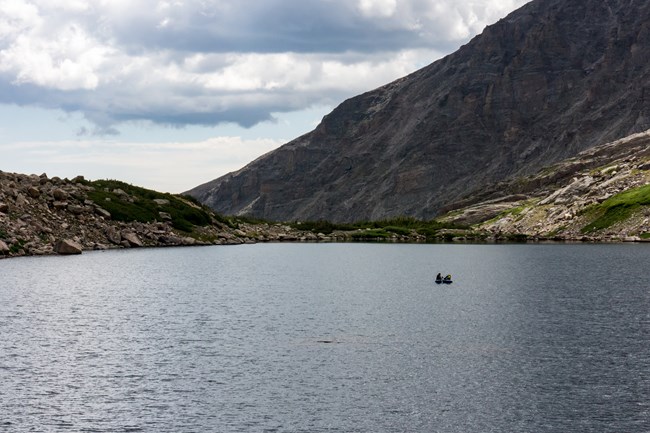
NPS/J Westfall
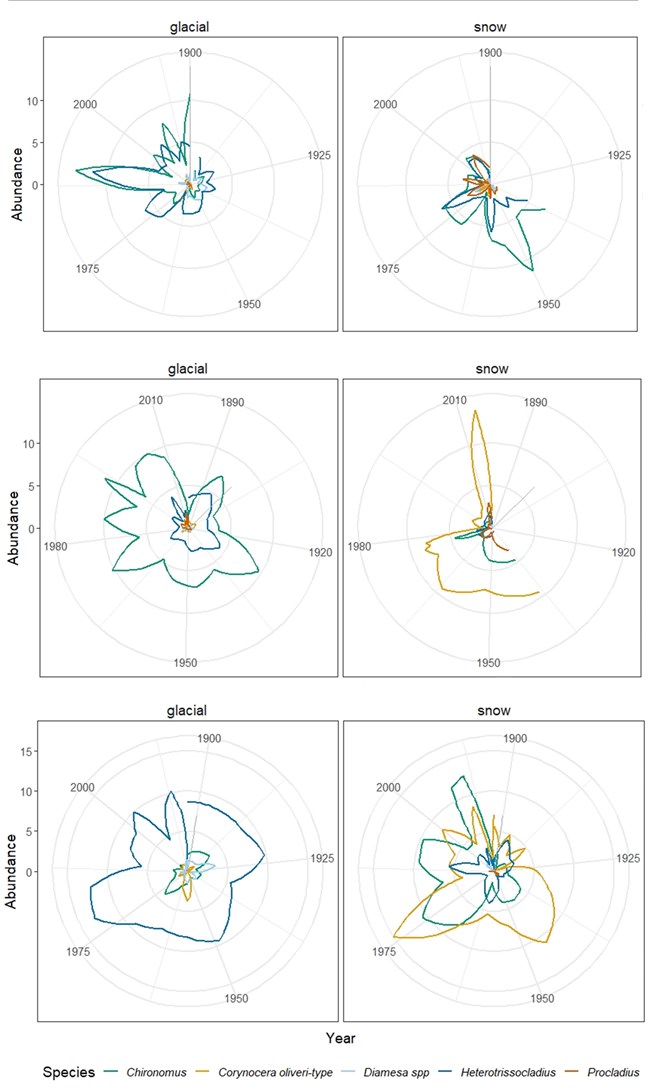
Figure courtesy of Danielle Haskett
Overall, lakes receiving glacial meltwater were 2.62°C colder than their nonglacial counterparts. Nitrate (NO3) was 66% higher in glacial lakes. Statistical analyses indicate that only one environmental variable was statistically significant. The variable responsible for the distribution of modern chironomid assemblages is surface water temperature (p=0.04). However, the relationships between SWT and NO3 were explored using Pearson’s Correlation coefficient and were found to be highly and negatively correlated (-0.82). The mechanism that delivers cooler surface water temperatures and increased levels of nitrate are both related to glacial meltwater and indicate that chironomid communities in the alpine lakes are being controlled by glacial meltwater.
Management Implications: The benthic invertebrate communities in the high elevation lakes of Rocky Mountain National Park will change dramatically once cirque glaciers are no longer present on the landscape.
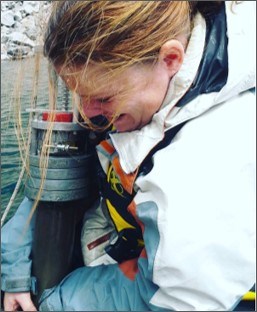
Photo taken by Gretchen Sneegas, courtesy of Danielle Haskett
References:
Davison, W., (1993). Iron and manganese in lakes. Earth-Science Reviews, 34(2), pp.119-163.
Lencioni, V., (2018). Glacial influence and stream macroinvertebrate biodiversity under climate change: Lessons from the Southern Alps. Science of the Total Environment, 622, pp.563-575.
Davison, W., (1993). Iron and manganese in lakes. Earth-Science Reviews, 34(2), pp.119-163.
Lencioni, V., (2018). Glacial influence and stream macroinvertebrate biodiversity under climate change: Lessons from the Southern Alps. Science of the Total Environment, 622, pp.563-575.
This project was funded through the Continental Divide Research Learning Center's annual funding opportunity targeting park management relevant research, technical assistance and education projects.
